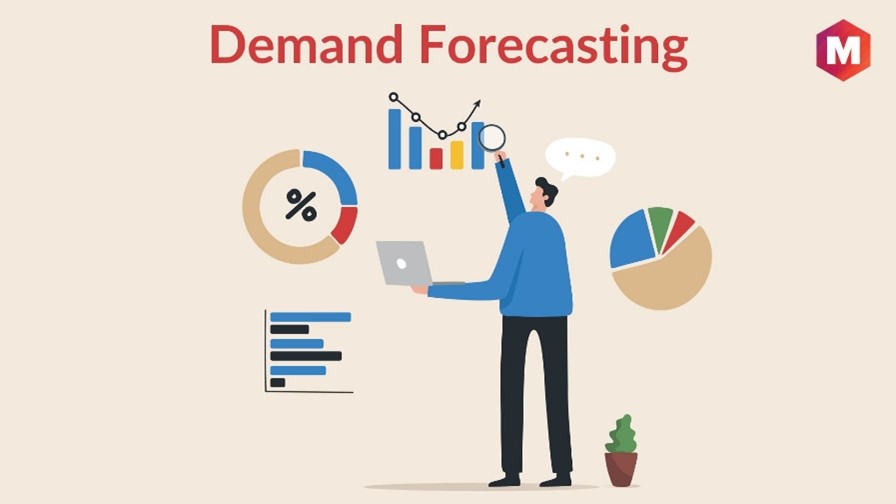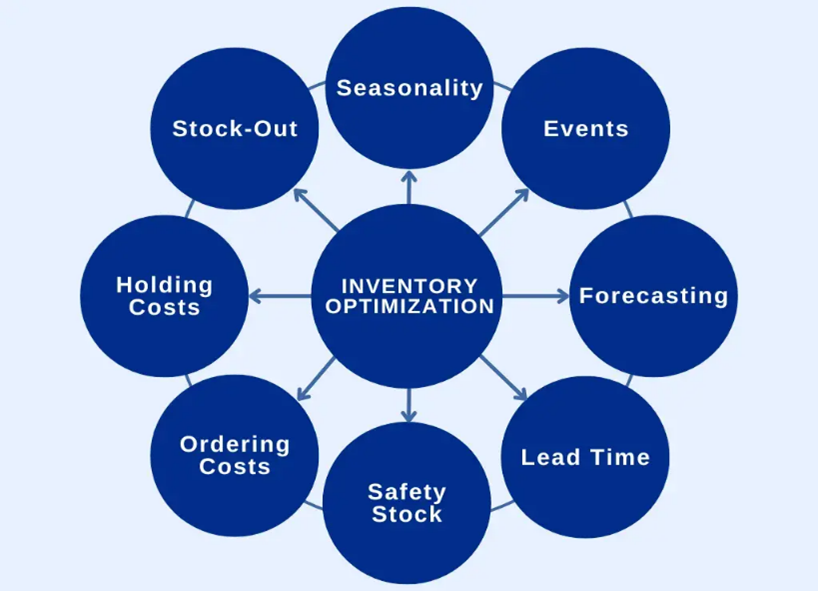How can AI minimize supply chain disruptions and predict demand more accurately?

How can AI minimize supply chain disruptions and predict demand more accurately?
by Maximilian 03:03pm Jan 28, 2025

AI can significantly improve supply chain efficiency and demand prediction through the following methods:
1. Demand Forecasting
AI uses historical data, real-time market trends, and external factors (e.g., weather, economic conditions) to predict demand accurately. Key techniques include:
Machine Learning Models: Analyze historical sales and external data to identify patterns and trends.
Natural Language Processing (NLP): Analyze customer reviews, social media trends, and news for demand signals.
Real-Time Analytics: Integrate data from IoT sensors and live transactions to adjust forecasts dynamically.

2. Supply Chain Visibility
AI enhances visibility across the supply chain by:
IoT and Sensors: Tracking inventory levels, shipments, and storage conditions.
Digital Twins: Creating virtual replicas of supply chains to simulate scenarios and identify vulnerabilities.
Blockchain Integration: Ensuring secure, transparent tracking of goods throughout the supply chain.
3. Risk Management and Disruption Mitigation
AI helps anticipate and mitigate disruptions by:
Predictive Analytics: Forecasting risks like supplier delays, natural disasters, or geopolitical events.
Dynamic Planning: Re-routing logistics based on real-time data (e.g., weather changes or port delays).
Sentiment Analysis: Monitoring news and social media to detect potential risks early.
4. Inventory Optimization
AI-driven inventory systems help balance supply and demand:
Just-In-Time (JIT) Inventory: Reducing overstock and understock situations.
Demand Sensing: Adjusting inventory levels based on short-term demand signals.
Automated Replenishment: Triggering restocks based on real-time consumption rates.

5. Supplier Relationship Management
AI optimizes supplier performance through:
Supplier Scoring: Evaluating suppliers based on performance, reliability, and risk.
Contract Analysis: Using NLP to assess contract terms for better negotiations.
Collaboration Tools: Enhancing communication with suppliers using AI-driven platforms.
6. Logistics and Transportation Optimization
AI-powered tools enhance logistics efficiency:
Route Optimization: Using real-time data to find the fastest and most cost-effective routes.
Autonomous Vehicles: Reducing reliance on human drivers and improving delivery reliability.
Fleet Management: Predictive maintenance for vehicles to minimize downtime.
7. Customer Insights and Customization
AI helps tailor supply chain strategies to customer needs by:
Personalized Product Recommendations: Adjusting supply to meet customer preferences.
Customer Sentiment Analysis: Aligning production with customer feedback and trends.

8. Scalability and Automation
AI allows businesses to scale operations efficiently:
Robotic Process Automation (RPA): Automating repetitive tasks like order processing.
Scalable AI Models: Adapting to changing volumes and business needs without manual intervention.
Real-World Applications
Retail: AI forecasting helps manage seasonal spikes (e.g., Black Friday).
Healthcare: AI ensures timely delivery of critical supplies like vaccines.
Manufacturing: AI optimizes supply chains to reduce production delays.
When implemented effectively, AI minimizes disruptions, enhances efficiency, and boosts responsiveness, leading to cost savings and improved customer satisfaction.






